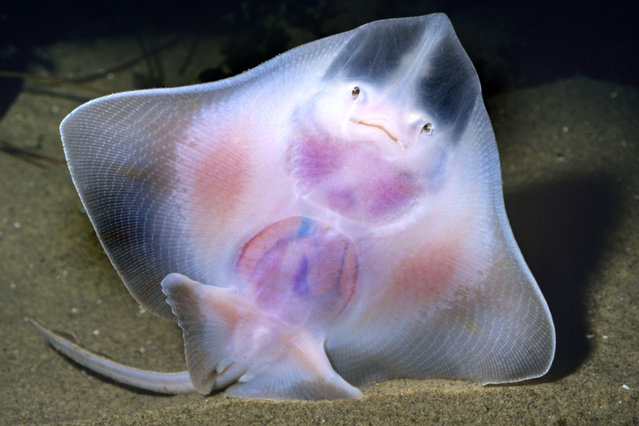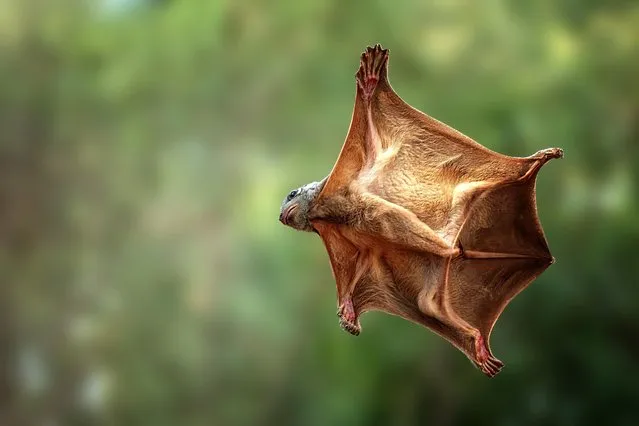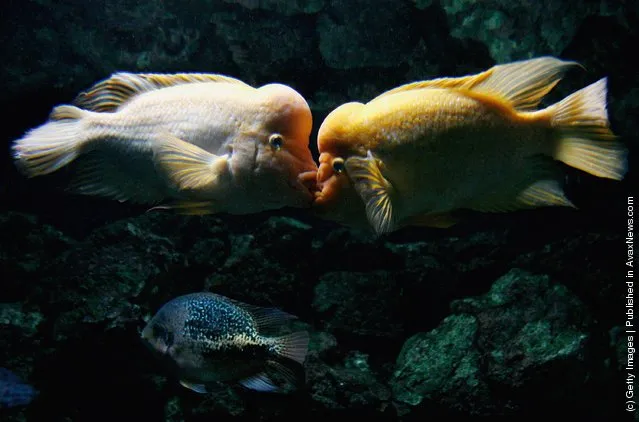
Twenty-one years after Kate Moss’s Calvin Klein debut, her little sister Lottie, 16, has made hers. Earlier this year, Lottie was signed to Moss’s agency, Storm Models. She then made her modelling debut in January, starring in her first fashion shoot for glossy magazine Dazed & Confused, followed by other appearances in Teen Vogue. Now, she’s back as the face and body of Calvin Klein Jeans x mytheresa.com The Re-Issue Project, an exclusive capsule collection of limited iconic denim pieces, which will only be sold on online retailer Mytheresa from 15 July. (Photo by Michael Avedon)
16 Jul 2014 14:20:00,post received
0 comments







